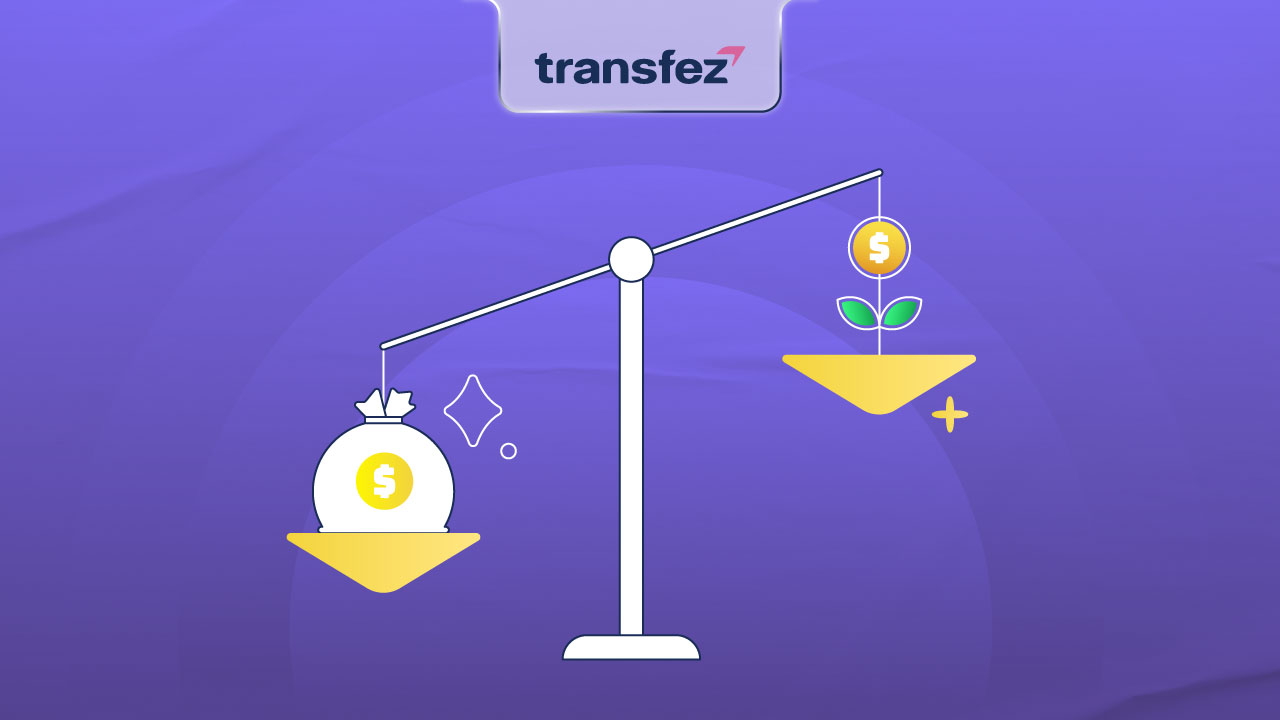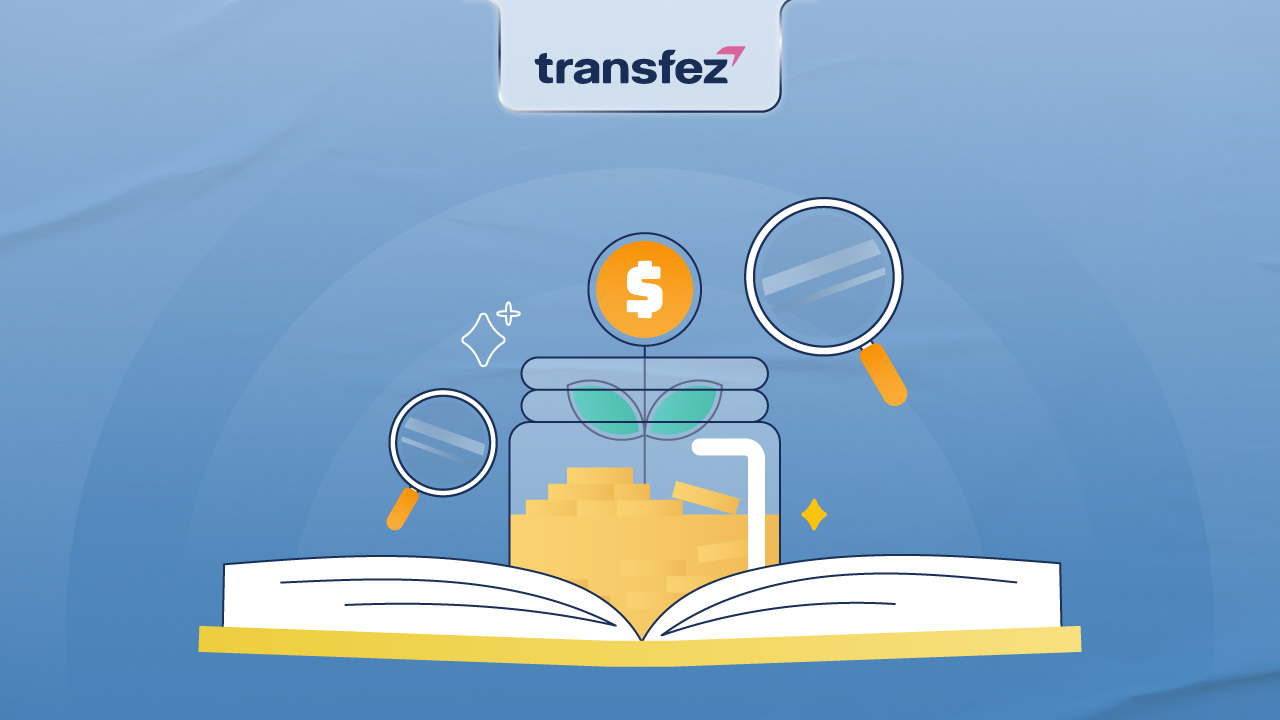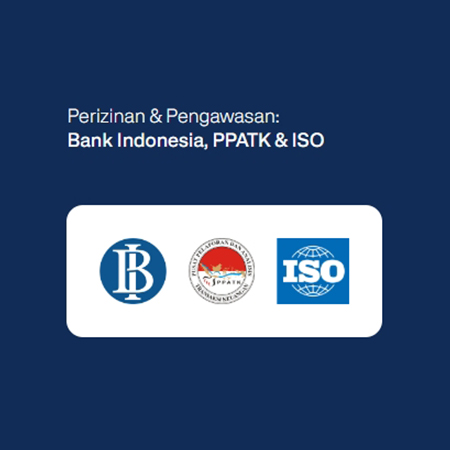
How do you make optimal investment decisions? Today, investing has become one of the most popular approaches to long-term financial planning. Many people invest not only for personal reasons but also for business purposes, whether for retirement preparation or long-term asset building.
Among the many foundations of profitable investing, investment decision-making is one of the most crucial steps before placing your money. Making the right decision helps you minimize potential losses and maximize returns.
Baca Juga: Short-Term Investments: Definitions, Benefits, and Profitable Options
What Is an Investment Decision?

An investment decision refers to actions, typically made by financial managers, regarding the allocation of funds into specific investment instruments. These decisions help investors aim for long-term returns.
Investment decisions also involve choosing between alternatives that are considered to provide the most promising value to the company or investor. Ultimately, the decision is not only about gaining profit but also about minimizing risks associated with the investment.
Baca Juga: Investment Credit: How to Start Investing, Understand the Types, and Choose the Right Strategy
Understanding the Nature of Investments

Before making any decisions, you must understand the nature of the investment itself. Two common categories are:
1. Independent Projects
This refers to investment decisions made for projects that stand alone and do not compete with other investment opportunities. Each project can independently generate returns for the investor.
2. Mutually Exclusive Projects
These projects compete for the same resources, meaning you must choose one over the other. If you are targeting a high-potential project, you must ensure you have adequate capital to increase the probability of acceptance.
Understanding these characteristics is not enough; you must also proceed to a performance evaluation to ensure the investment aligns with your expectations.
Baca Juga: Investment Advisors: Roles, Benefits, and How They Guide You in Starting Your Investment Journey
Fundamentals of Investment Decision-Making

Investment decisions rely heavily on the relationship between expected return and risk. This relationship is linear, meaning:
- The higher the expected return, the higher the risk.
- The lower the risk, the lower the expected return.
Here are the two core components:
1. Return
Return refers to the profit an investor earns from an investment. In finance, return is divided into:
- Expected Return → the projected future return anticipated by the investor
- Realized Return → the return already earned in the past
2. Risk
Risk is the potential loss that may occur due to unpredictable factors, miscalculations, or poor analysis. Since risk and return are directly proportional, investors must carefully assess whether an investment’s risk level is worth its potential return.
How to Make Effective Investment Decisions

Below are the five essential steps in the investment decision-making process. These stages operate in a continuous cycle until investors achieve an optimal decision.
1. Define Your Investment Objectives
Investors must identify both short-term and long-term goals.
Consider your risk appetite:
- High risk → high potential return
- Low risk → lower return
Your investment goals will help determine the appropriate risk level.
2. Develop Your Investment Policy (Asset Allocation)
This step involves deciding how to allocate your funds across asset classes, such as:
- Bonds
- Domestic and international securities
- Stocks
Asset allocation is one of the most important decisions because it directly affects your investment results.
3. Choose a Portfolio Strategy
There are two main types:
Active Portfolio Strategy
Uses forecasts, insights, and market information to outperform market averages. The investor actively selects securities believed to offer superior opportunities.
Passive Portfolio Strategy
Simply mirrors market performance by holding a diversified portfolio that tracks a market index.
4. Select the Assets
At this stage, investors choose specific assets to include in the portfolio.
Each security must be evaluated carefully to create an:
Efficient portfolio → offering maximum return for a given level of risk, or
Low-risk portfolio → offering reasonable returns with minimal volatility
5. Measure and Evaluate Portfolio Performance
This is the final stage, but not the ending.
Here, investors must assess whether:
- The portfolio has reached the expected performance
- The strategy needs adjustments
If results are unsatisfactory, the investor must return to Stage 1 and restart the decision-making cycle until reaching optimal performance.
Understanding the fundamentals of investment decision-making is essential for minimizing losses and improving long-term financial outcomes. By following these structured steps, you can make smarter decisions and select investments that align with your goals and risk tolerance.
Jika kamu butuh versi Bahasa Indonesia kembali, judul alternatif untuk SEO, atau meta description, cukup bilang saja, aku siap bantu!
Download Transfez App
Transfez App can help you transfer money abroad more quickly and efficiently. Jack Finance can also help your business in making transactions abroad. For those of you who want to send money to relatives who are abroad because they are studying, working, or traveling, Transfez will be ready to help. This app is available on Android as well as iOS.










